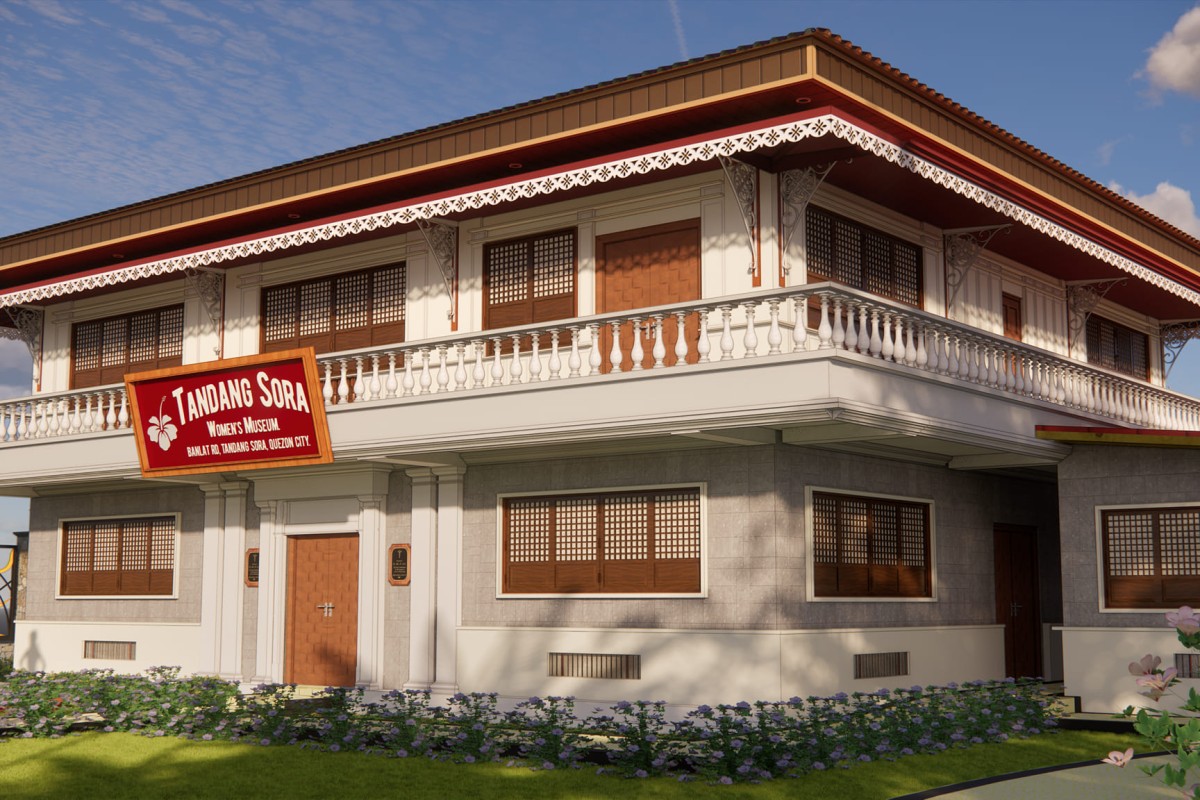Proposed facade of the Tandang Sora Women’s Museum. (Photo Courtesy: Gerald Lico of Architectural Design Consultancy Arc Lico)
HISTORY is the cornerstone upon which the holistic sense of national identity is built.
Through looking at our past societies, we are able to make sense of who we are today and understand our collective human experience. Even more so, by learning from those who came before us, we can broaden our perspective on how to create better paths in the present.
The important question is, how can we bring back the stories that define us into our social consciousness?
This history museum that will soon rise in Quezon City might just be the answer.
Tandang Sora Women’s Museum
The Quezon City government is currently working on the establishment of a women’s museum that will feature the life works of Melchora Aquino, a Filipino revolutionary heroine known as “Tandang Sora.”
The museum will primarily center on the vital role that Tandang Sora played in the country’s fight for freedom and nationhood during the 1896 Philippine Revolution.
Why a Women’s Museum named after Tandang Sora?
The Tandang Sora Women’s Museum primarily aims to shed light on the significant contributions of different women in history. It will be an inclusive museum dedicated to unearth and celebrate the diverse legacies of women who have helped shape the collective Filipino identity.
As everyone knows, gender inclusion is a significant stride for the Philippines as a country that strives to build a progressive society. This anchors women's representation in all facets of nation-building from policy-making, affording of economic opportunity, and in this case, having a voice in history.
Acknowledging women’s work by giving them an equally important space in the historical narrative is a way of letting the world know that the Philippines did not exist and flourish with a womanless past.
Tandang Sora is the epitome of women’s empowerment and her efforts undeniably led to many women rightfully earning their place in history.
According to the local government, naming a Women's History Museum after Tandang Sora in Quezon City is a powerful and meaningful choice that reflects a commitment to acknowledging, preserving, and celebrating the invaluable contributions of women in the Philippines.
As the Mother of the Philippine Revolution, the name Tandang Sora carries significant cultural, historical, and symbolic importance for several reasons:
Historical Significance: Tandang Sora played a crucial role in the Philippine Revolution against Spanish colonial rule. Naming the museum after her would honor her contributions and help educate visitors about the pivotal role women played in shaping the nation's history.
Recognition of Women's Contributions: Women's achievements and contributions are often overlooked or underrepresented in historical narratives. A museum named after Tandang Sora would serve as a dedicated space to celebrate the roles of women in the Philippine Revolution and throughout history.
Empowerment and Inspiration: Associating the museum with a female figure who demonstrated strength, resilience, and leadership can serve as a source of inspiration for women and girls. It reinforces the idea that women have always been integral to the country's progress and development.
Educational Value: Tandang Sora's life story can serve as an educational tool to teach visitors, especially the younger generation, about the struggles and triumphs of women in history. It provides an opportunity to learn not only about her contributions but also about broader issues related to women's rights and social justice.
Cultural Pride: Naming the museum after a prominent figure like Tandang Sora fosters a sense of cultural pride and identity. It emphasizes the importance of recognizing and preserving the stories of women who have played key roles in shaping the nation.
Community Connection: Tandang Sora is closely associated with Quezon City, making the choice of her name for the museum particularly relevant to the local community. It strengthens the connection between the museum and the people it aims to serve.
Symbol of Unity: Tandang Sora's life and contributions can serve as a symbol of unity, reminding Filipinos of the shared history that transcends gender, class, and other divisions. The museum can become a space where people come together to celebrate the diversity and strength of the nation.
What was the role Tandang Sora played in the Philippine revolution?
Many Filipinos have come to know Tandang Sora as the “Ina ng Katipunan at Himagsikan” (Mother of the Revolution) in light of the motherly support she extended to “Katipuneros” which refer to the members of the revolutionary organization “Katipunan” led by Andres Bonifacio and other nationalists.
Risking both her life and livelihood, Tandang Sora openly offered her home to struggling Katipuneros, provided them food, medical care, motherly comfort, and a refuge while they continued to fight for independence from the Spanish colonial rule.
Based on the historical narrative of the revolution by Santiago V. Alvarez, a Katipunero, the symbolic “cry” and tearing of cedulas took place in Tandang Sora’s home in Bahay Toro.
This was where passionate shouts of “Long Live the Sons of the People!” were heard, signifying the steadfast resolve of the Katipuneros to stand their ground against the colonial power that trampled upon their homeland.
When the Spanish government knew about her active support to the revolutionaries, Tandang Sora was imprisoned for refusing to disclose information regarding the hideout of Andres Bonifacio and other key Katipuneros.
In exchange for the protection of the Katipunan and its ideals, the 84-year-old Tandang Sora was banished to Marianas Islands in Guam where she remained in exile together with other Filipino patriots including Apolinario Mabini.
Tandang Sora was 91 years old when she returned home to her family in Balintawak, Quezon City (formerly known as Barrio Banlat).
Remembering her-story and heroism
The contributions of Tandang Sora were memorialized in various ways. A major thoroughfare in Quezon City, the Tandang Sora Avenue, was named in her honor.
The Quezon City government also launched the “Gawad Tandang Sora Award” to recognize its outstanding female residents who have exemplified the virtues of Melchora Aquino including valor, honor, good manners, industry, as well as care and sympathy for others.
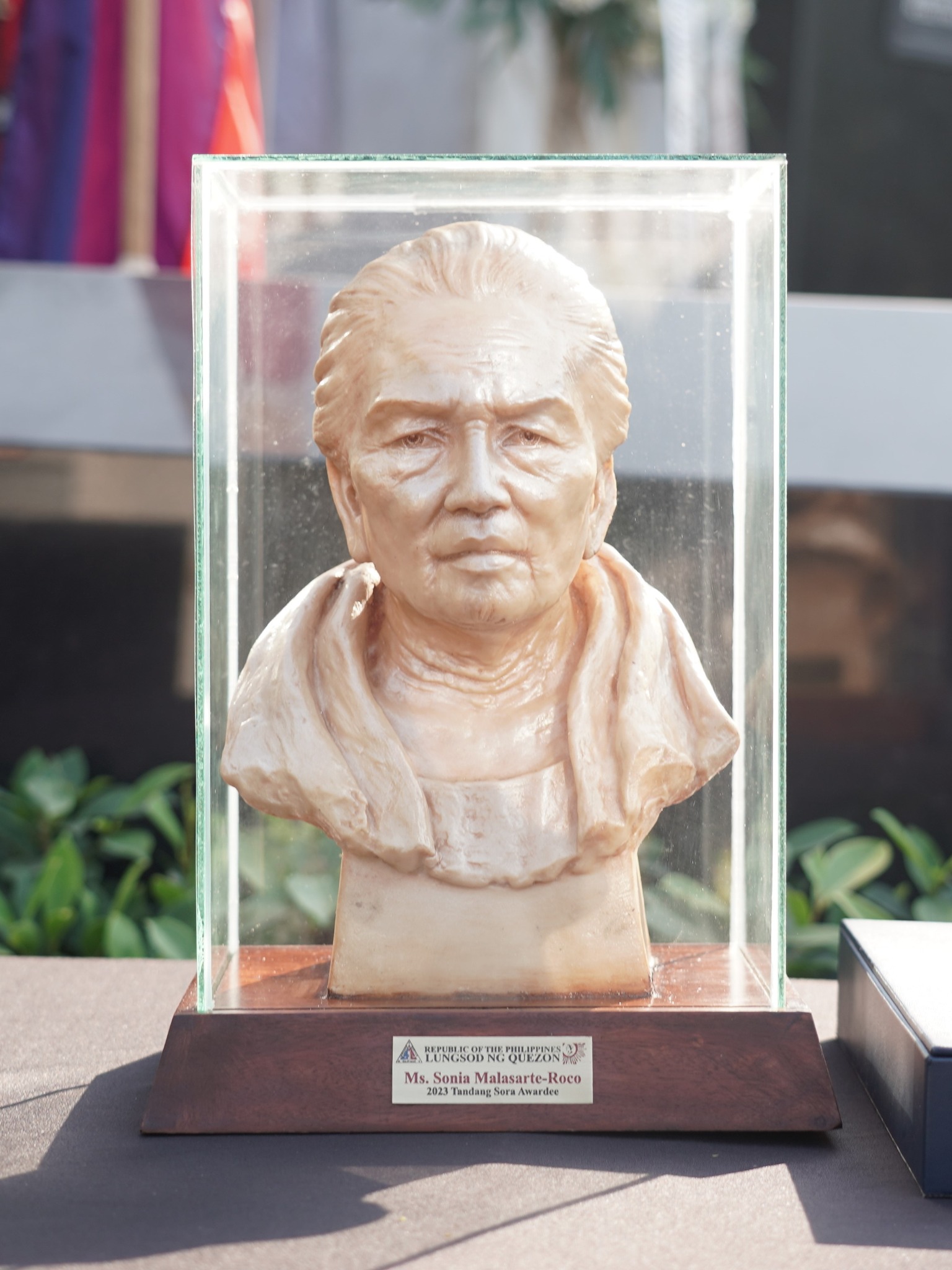
Meanwhile, Tandang Sora was said to be the first Filipino woman to appear on the Philippine peso banknote, specifically the English Series which circulated from 1949 to 1974. She was also the only woman in the said series, a history of its own since most banknotes were populated by men. Despite being demoted to coins, the heroism of Tandang Sora did not fade into oblivion.
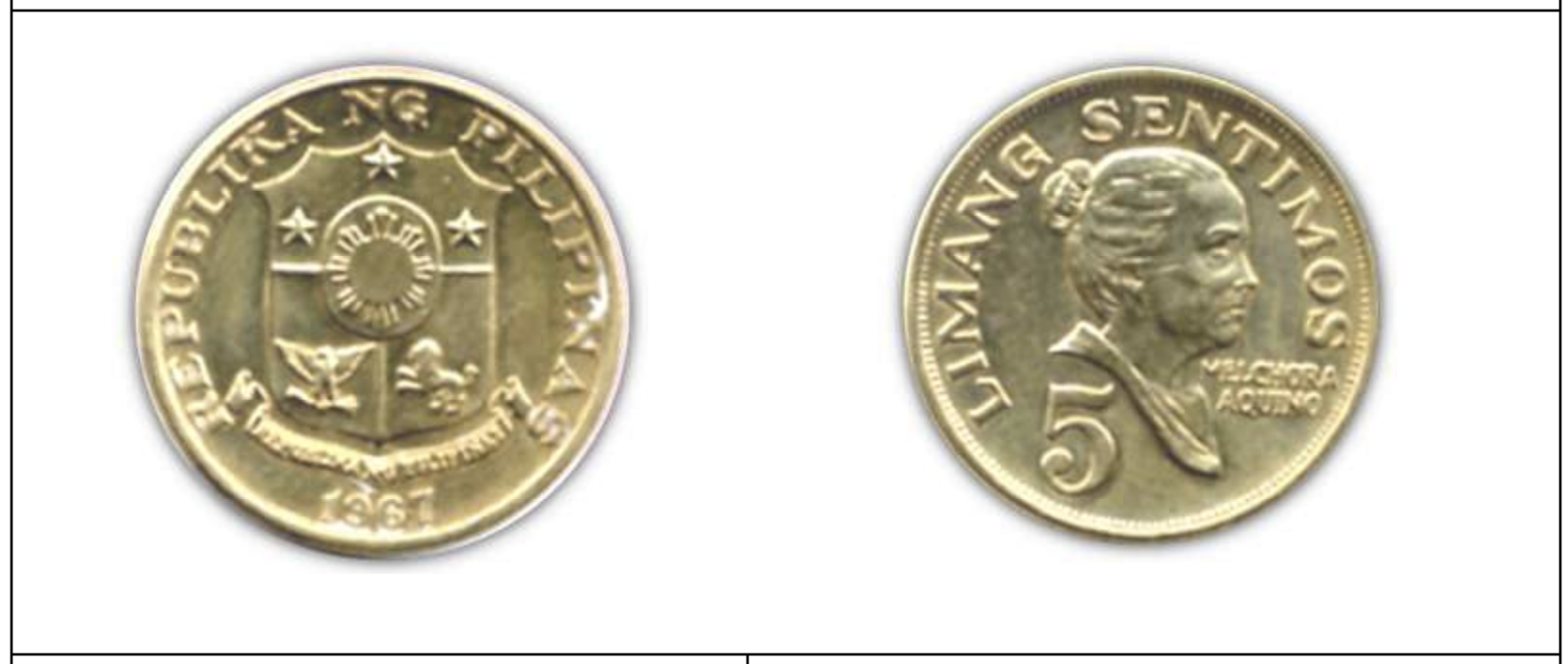
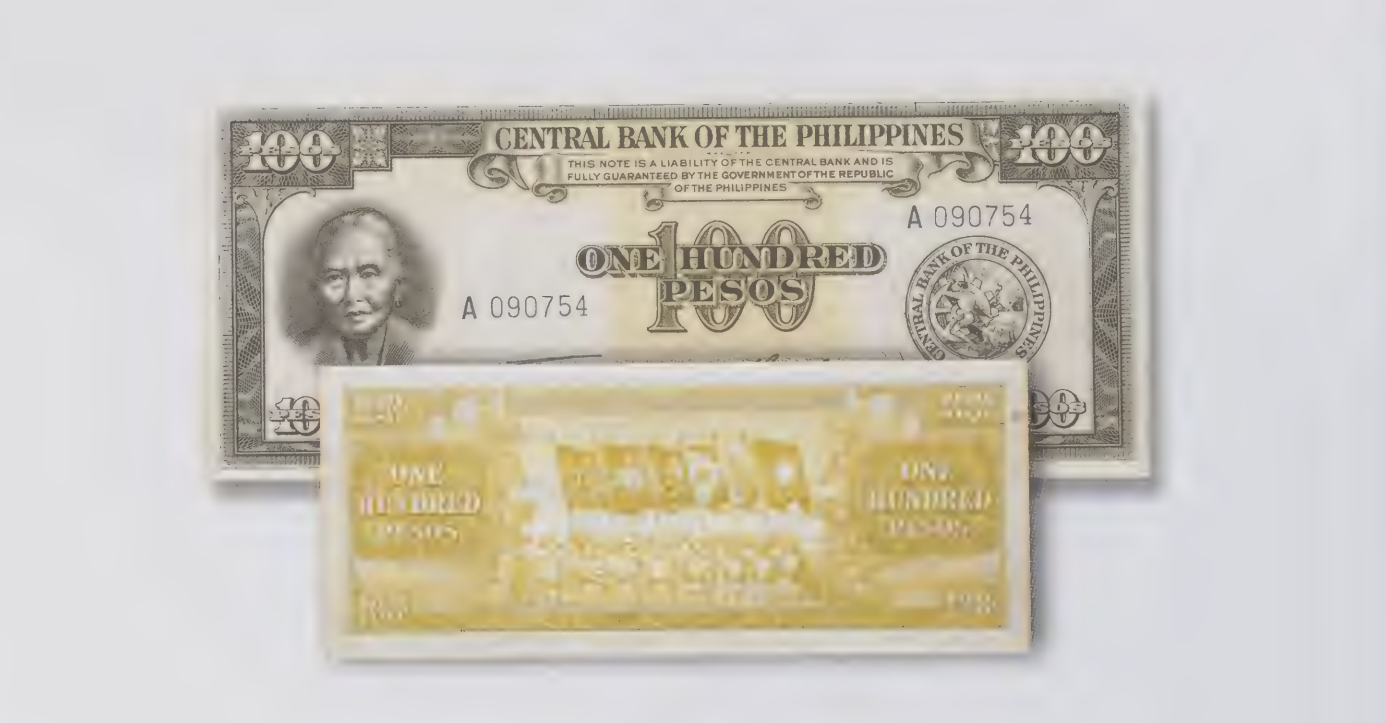
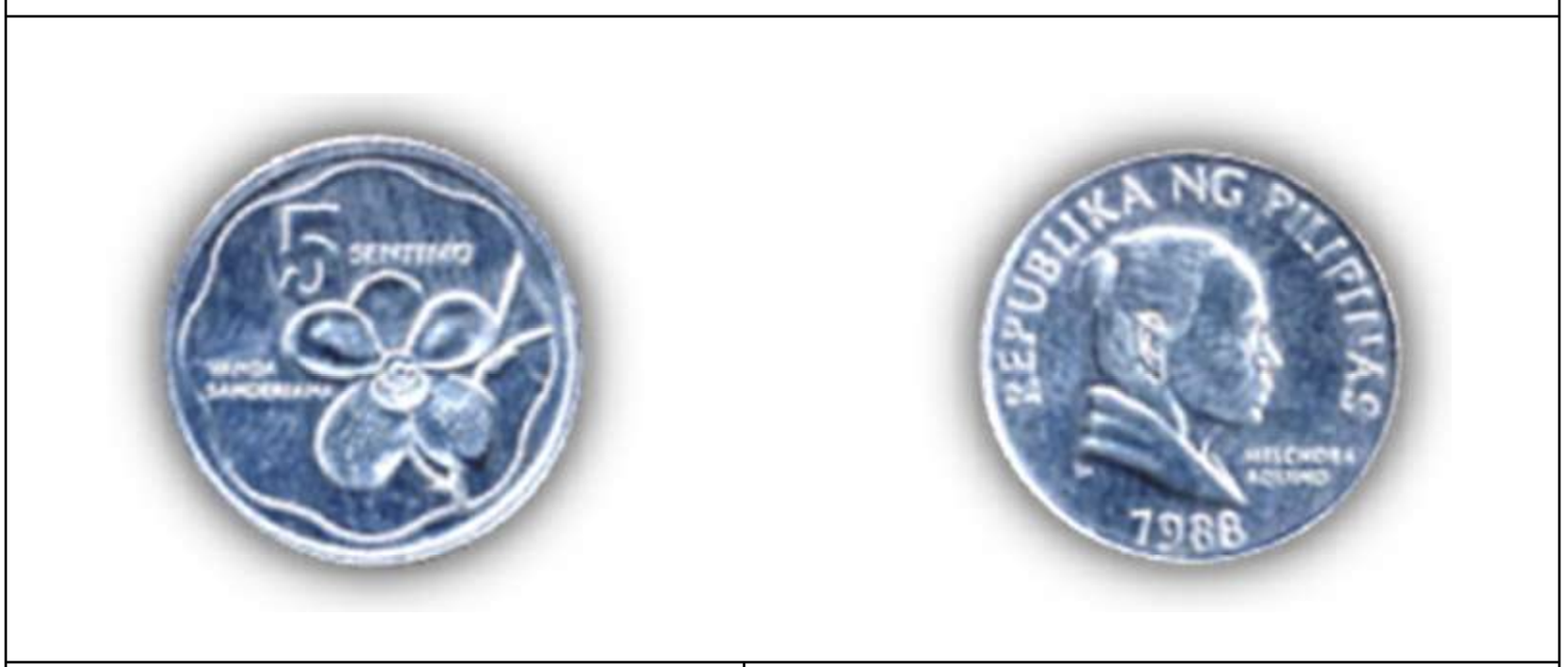
The Tandang Sora Women’s Museum will significantly aid in immortalizing the teachings of Melchora Aquino as a courageous mother, loyal patriot, and a resilient Filipino.
Beyond being a place of leisure, this museum intends to be a place of learning on how we can better love and serve our motherland–the way it deserves to be championed. (JMP/PIA-NCR)
